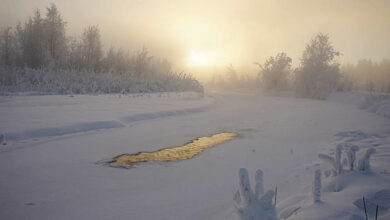King of Serpents: 8 Astonishing Facts About the Mighty King Cobra
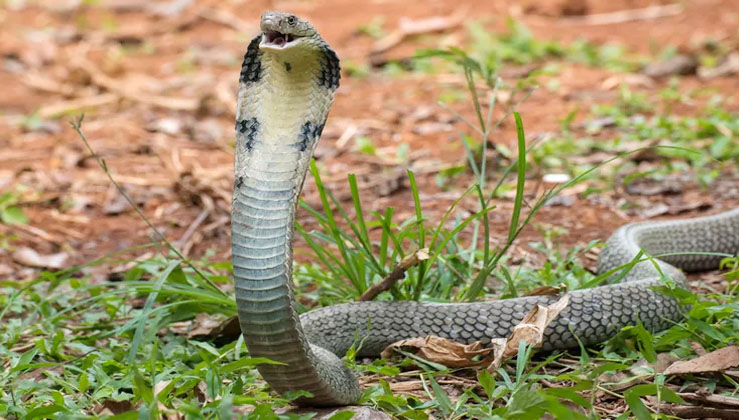
Discover eight mind-blowing facts about the king cobra—the world’s longest venomous snake. From hooded defense displays to deadly venom and cannibalistic diets, this serpent reigns supreme in the wild.
1. The King Cobra Reigns as the Longest Venomous Snake
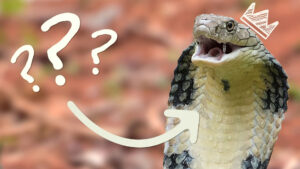
Among hundreds of venomous snake species, the king cobra stands tallest—literally. Adult cobras typically reach lengths of 10 to 12 feet and weigh up to 20 pounds. When standing upright, they can look a human directly in the eye. The longest recorded king cobra stretched an incredible 18 feet. While not the heaviest, its length sets it apart. For context, the reticulated python—the longest non-venomous snake—can exceed 20 feet.
2. Its Hood Is a Built-In Defensive Shield
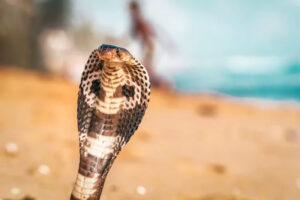
The king cobra’s hood is one of its most iconic features. When threatened, the snake spreads its hood, a spectacle that makes it appear larger and more intimidating. This hood is actually a structure formed by elongated ribs that fan out when the cobra flexes its neck muscles. Each hood bears distinctive patterns, serving as a warning to potential predators.
3. Neurotoxic Venom That Can Kill in Minutes
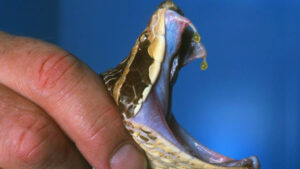
King cobras possess a neurotoxic venom that attacks the nervous system of their prey. Unlike hemotoxins—which affect the blood—this venom causes paralysis and respiratory failure. Though it injects only small quantities, its potency is extraordinary. A bite can kill a human within minutes, and even large animals like elephants have died within hours from multiple bites.
4. They’re Specialized Snake-Eaters
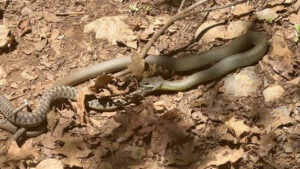
King cobras are considered ophiophagous, meaning they feed almost exclusively on other snakes. Occasionally, they may consume rodents or birds, but their preferred diet includes pythons, rat snakes, and even venomous species like kraits. Their stomachs are uniquely adapted to neutralize the toxins of their prey. With no teeth for chewing, they swallow their meals whole—thanks to highly flexible jaws. Amazingly, they can go months or even years between meals.
5. Female King Cobras Build and Guard Nests
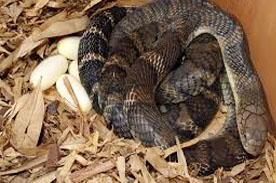
Unlike other snakes, the female king cobra builds a nest for her eggs—an unusual trait in the reptile world. Using leaves and twigs, she constructs a protective mound and may lay up to 50 eggs inside. She remains close, guarding the nest for months. Once hatched, the young snakes are fully equipped to defend themselves, even capable of delivering venomous bites.
6. Fearless but Not Invincible: The Mongoose
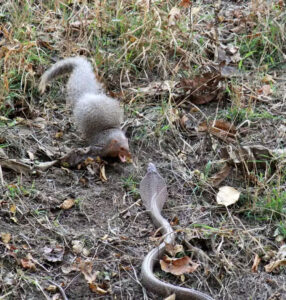
Despite its fearsome reputation, the king cobra avoids one tenacious predator: the mongoose. These small mammals are highly agile and possess resistance to venom, allowing them to occasionally overpower cobras. While the mongoose doesn’t actively hunt cobras, it will attack if threatened—and can come out on top in a fight.
7. They Communicate With a Growl
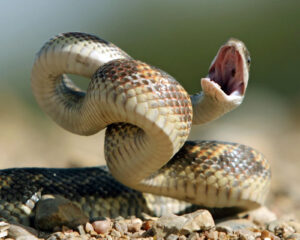
King cobras don’t just hiss—they growl. In defensive situations, they emit a deep, low-pitched moan by exhaling slowly through their windpipe, creating a sound more akin to a dog’s growl than a snake’s hiss. This unique auditory warning is often the last chance for a predator to back off before the cobra strikes. If escape is possible, these snakes can move at impressive speeds of up to 12 mph and are also skilled swimmers and climbers.
8. Long-Lived and Resilient Survivors
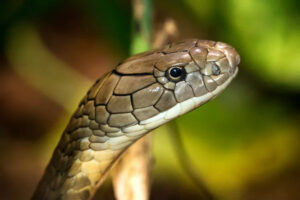
King cobras can live over 20 years in the wild. Their ability to survive long periods without food or water makes them highly resilient to environmental challenges. Predation is rare due to their size and strength, yet their survival is increasingly threatened by deforestation, habitat destruction, and human encounters. The IUCN currently classifies the king cobra as a vulnerable species.





